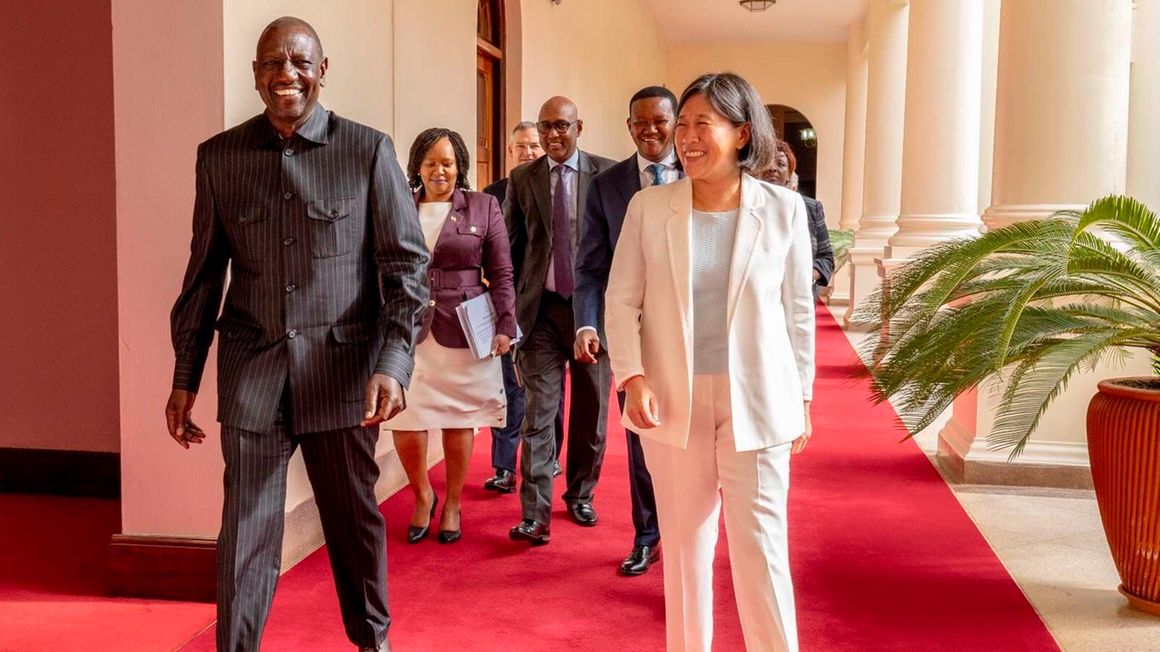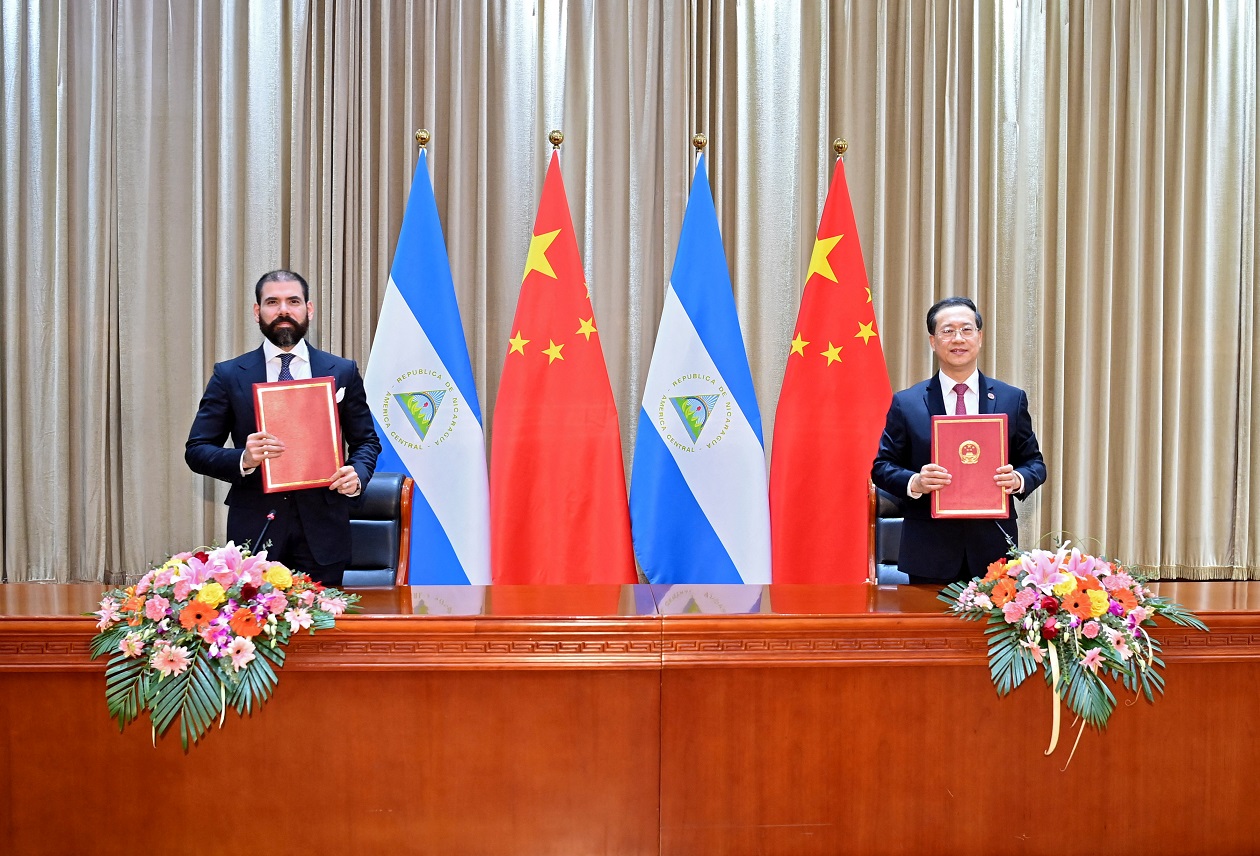
Refugees from war-torn Sudan hold a sit-in seeking support in front of the United Nation High Commissioner for Refugees offices in Tripoli, Libya on July 15, 2023.

More by this Author
Sudan’s war clocked 100 days of fighting this week, leaving behind a trail of deaths, displacement and billions of dollars in losses of infrastructure. But the pain felt by civilians hasn’t reached the threshold for the warring factions yet.
This week, some 120,000 Sudanese who believed that they could count on Egypt for refuge were still stranded at the border. Egypt has had an agreement with Sudan since 2004 that allows free movement and residency without a permit. This week, Egyptian officials at the main border crossing in Wadi Halfa restricted admittance, limiting prioritising women and children.
A report by Refugees International on July 24 to mark 100 days since the conflict erupted between the Sudanese Armed Forces (Saf) and the paramilitary Rapid Support Forces (RSF) on April 15, paints a wider grim picture beyond displacement.
Those stranded cite difficulties in finding transport, exorbitant fares, and unpredictable checkpoints. At the border crossing, they face long waits, unsanitary conditions, entry restrictions based on age and sex, visa backlogs, and a lack of necessities and services.
Overall, some 2.4 million are displaced within Sudan and at least 800,000 people have been forced out of the country, mainly to Sudan’s neighbours.
The number of the dead has been rising since the war began on April 15 but at least 1500 people have been killed so far. The value of destroyed property has not yet been quantified but some estimates suggest it could take Sudan another 15 years to rebuild from the ashes of the conflict were the war to end today.
Related

Instead, the warring sides: Saf and the RSF blamed one another, leading to collapse of peace talks under the Jeddah Initiative.
Read: Sudan protagonists send mixed signals as fighting continues
“The world cannot afford to look away from the worsening situation in Sudan as it has the potential to destabilise the entire region,” David MacDonald, the CARE Sudan Country Director.
Mercy Corps, another charity in Sudan says the war has curtailed agricultural activity. The charity’s teams say they interviewed some 16,000 farmers in South Kordofan and Blue Nile and discovered that more than 70 percent lacked enough money to purchase seeds, and nearly 55 percent had not yet begun planting. They may not, this season.
Health crisis
“As long as violence persists and number of people requiring food assistance is projected to increase by one million per week, the humanitarian crisis in Sudan is likely to take a turn for the worse,” Mercy Corps said in an assessment.
Humanitarian agencies are concerned that despite Sudanese escaping to the neighbouring counties, they face major challenges in terms of shelter, nutrition, and health.
Read: Region worries as Sudan rivals harden positions
Dr Matshidiso Moeti, the WHO Regional Director for Africa, said this week that life remains precarious for the hundreds of thousands who have sought refuge across borders. Many border areas holding the displaced have settled are remote with limited or weak health systems and inadequate number of health workers, she said.
Abdullahi Halakhe, the Refugees International Researcher and the author of the report told The EastAfrican that while Egypt initially implemented the 2004 agreement, Cairo now says they have imposed new restrictions to prevent fraud since some of the displaced people have falsified entry documents.
“However, some of the alleged fraud is a response to the Egyptian authority’s steps of making entry difficult, knowing full well the breakdown of public order in Sudan. While Sudan shares deep historical connections with Egypt, the tightening entry procedures could create incentives, including people exploring non-legitimate ways to enter Egypt,” said Mr Halakhe.
At least 250,000 people have sought refuge in Egypt, and another 120,000 are stuck on the Sudan side of the border awaiting entry.
Read: Egypt slows refugee admittance from Sudan
Egypt’s longstanding historical and geographical connections with Sudan make it a primary destination for many, particularly those coming from central and northern parts of the country. The Egyptian border with Sudan accounting for 1,276 km is the third longest after that of South Sudan and Chad.
Human rights activists are concerned that Cairo could impose these new restrictions yet Sudan is the only supporter of Egypt on the issue of the Grand Ethiopian Renaissance Dam (Gerd,) out of the 11 Nile Waters riparian states.
Mr Halakhe says that despite Sudan’s support over Gerd, Egypt is also experiencing an acute economic crisis, and admitting more refugees without adequate support will further strain the already fragile economic reality.
“Besides, Egypt is already hosting thousands of refugees from various countries. Without adequate donor support - it is not an excuse because Egypt should offer refuge to those running away from the war; we shall continue to see Egypt hardening its position regarding the refugees,” he said.

















